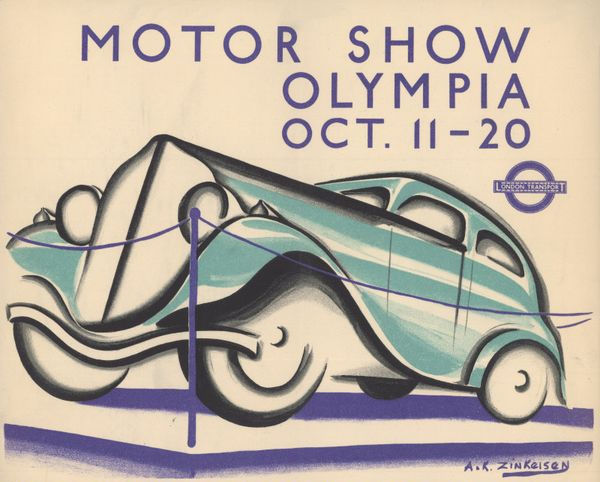Discovered: New Papyrus of Egyptian Book of the Dead
- Editor OGN Daily
- Feb 13, 2023
- 2 min read
Updated: Nov 10, 2024
Archaeologists have confirmed that a papyrus scroll discovered at the Saqquara necropolis site near Cairo last year does indeed contain texts from an Egyptian Book of the Dead - the first time a complete papyrus has been found in a century, according to Mostafa Waziri, secretary-general of the Supreme Council of Antiquities in Egypt. The scroll has been dubbed the "Waziri papyrus" and is currently being translated.

There is not one magical copy of the Book of the Dead, as there were many versions created over the centuries, all unique, with the choice of spells often tailored to the specific needs of deceased royals and (later) high-ranking members of Egyptian society.
These "books" were actually collections of funerary texts and spells to help the deceased on their journey through the underworld (Duat) and they are not holy texts like the Bible or Qur-an. They were originally painted onto objects or written on the walls of burial chambers. Over time, illustrations were added and spells were also inscribed on the interior of coffins or the linen shrouds used to wrap the deceased.
Copies of the Book of the Dead were made to order by scribes, and the scrolls could be as short as 1 meter (3.2 feet) and as long as 40 meters (about 131 feet). People knew of the existence of such scrolls in the Middle Ages, and assumed that they were religious in nature because they were found in tombs. Karl Richard Lepsius coined the name Book of the Dead in 1842 after translating one such text.
The best known example to date is the Papyrus of Ani, discovered in luxor in 1888 and now housed in the British Museum. But such finds are increasingly rare.



